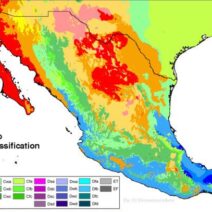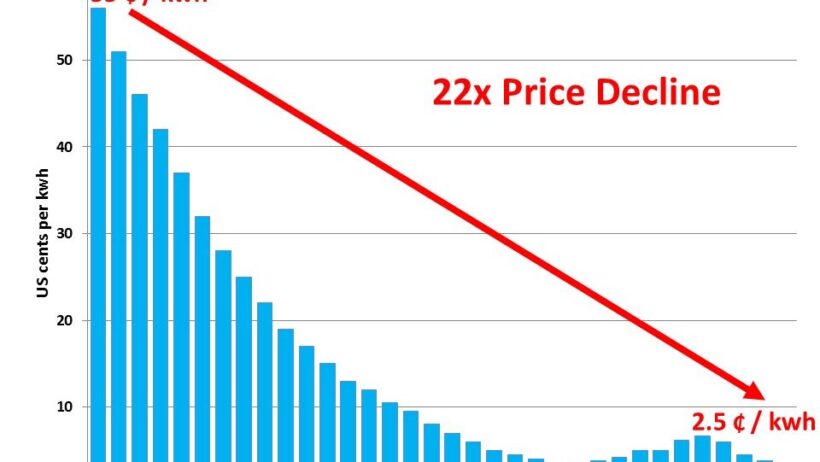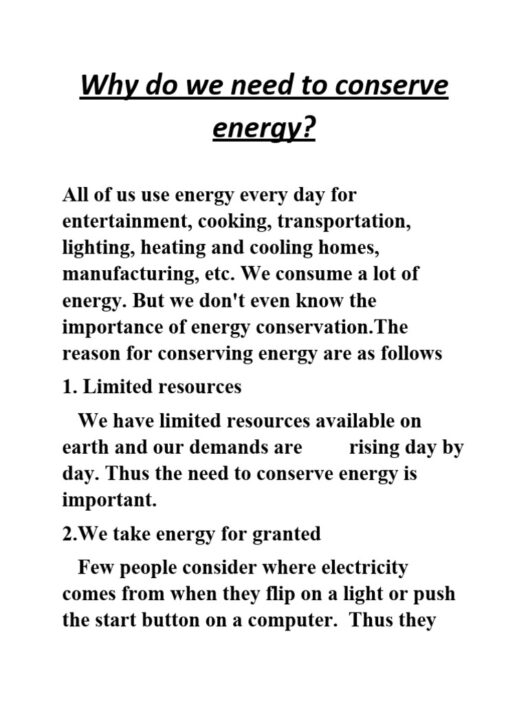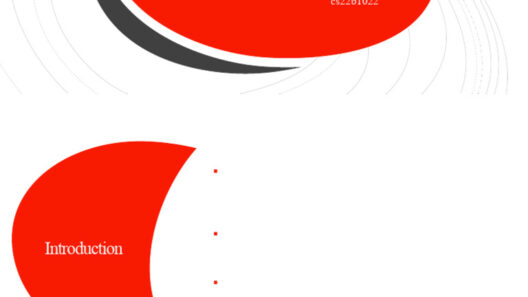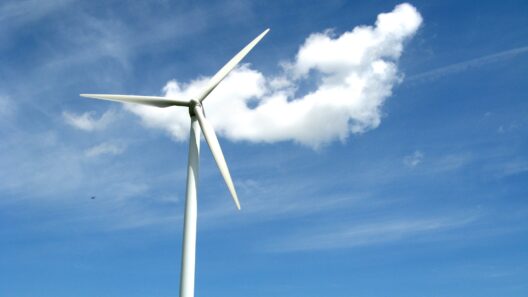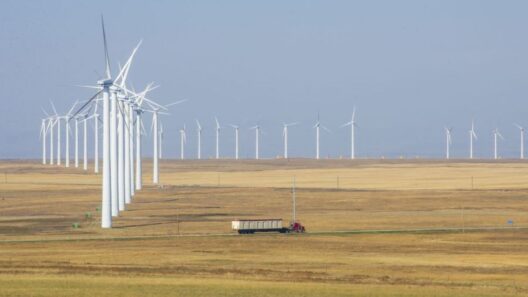The quest for sustainable energy sources is paramount in the contemporary discourse surrounding climate change and environmental stewardship. Among various renewable energy sources, wind power emerges as a formidable contender. Understanding the cost per kilowatt-hour (kWh) of wind energy is essential for both policymakers and consumers. This article delves into the intricate financial dynamics that characterize wind energy generation.
One cannot simply ascertain the costs associated with wind energy without acknowledging the multifaceted nature of its financial framework. Unlike fossil fuels, which rely on market fluctuations and geopolitical factors, wind energy costs have generally demonstrated a downward trajectory in recent years. But what exactly does this entail?
To fully comprehend the cost per kWh of wind energy, we must dissect the various components that contribute to the overall expense associated with wind energy generation.
Assessing the Costs of Wind Energy Generation
The overarching cost of wind energy generation can be divided into several key components, including capital costs, operational and maintenance costs, and the levelized cost of electricity (LCOE). Each of these elements contributes uniquely to our understanding of how much wind energy costs on a per-kWh basis.
Capital Costs: Installation and Infrastructure
When we discuss capital costs, we are primarily referring to the expenses involved in the installation of wind turbines and the requisite infrastructure. These costs can vary significantly based on geographic location, type of turbine, and land acquisition expenses. In the United States, the cost of onshore wind projects has declined substantially, with prices hovering around $1,200 to $1,700 per kW. In contrast, offshore wind projects typically incur higher installation costs, which may range from $3,000 to $6,000 per kW.
Moreover, the financial landscape is influenced by the costs linked to land leases, construction, grid connection, and permitting processes. With an increasing number of countries investing in wind energy, economies of scale are emerging, leading to decreased costs as technology advances.
Operational and Maintenance Costs: Sustaining Efficiency
While capital costs are significant, operational and maintenance (O&M) costs are vital for evaluating the long-term financial sustainability of wind energy projects. These costs encompass routine maintenance, spare parts, and personnel requirements. Generally, O&M costs are estimated to be between $20 to $30 per kW annually, or approximately $0.01 to $0.02 per kWh produced.
Such costs also fluctuate based on the turbine type and location. A well-designed and properly sited wind farm can enhance efficiency, reducing the need for extensive maintenance and lowering O&M costs over time. Innovations in technology, such as predictive maintenance enabled by data analytics, have further driven down these expenses.
Levelized Cost of Electricity: A Comprehensive Metric
The Levelized Cost of Electricity (LCOE) provides a standard gauge to assess the economic viability of different energy sources. It represents the average price at which energy must be sold for a project to break even over its lifespan. For wind energy, the LCOE has dropped significantly, now averaging between $30 and $60 per MWh, depending on the region and specific project parameters.
Importantly, LCOE accounts for not just capital and operational costs, but also factors like the expected energy output over a project’s life and the cost of financing. Driven by technological advancements and improved efficiency in turbine design, the LCOE for wind energy is becoming increasingly competitive compared to traditional fossil fuel sources.
Government Incentives and Their Impact
To foster the growth of renewable energy, governments across the globe have rolled out various incentive programs, such as tax credits and grants. In the U.S., the Production Tax Credit (PTC) and Investment Tax Credit (ITC) significantly influence the overall cost of wind energy generation. These incentives have been pivotal in driving down the costs associated with both new installations and existing wind farms. As policymakers aim for increased reliance on renewable energy sources, such incentives play a crucial role in achieving competitive pricing.
Environmental Considerations: The True Cost
While the financial aspects of wind energy are critical, the broader environmental implications warrant consideration. Wind power generates electricity without emitting greenhouse gases, presenting a stark contrast to fossil fuels. This environmental advantage tends to complicate the strictly financial analysis. At what price can we assign the benefits of reduced emissions and improved air quality? Transitioning to wind energy not only positions nations toward sustainability but also fosters healthier ecosystems.
Societal Benefits: Beyond Cost
The economic impact of wind energy extends beyond simple cost per kWh. The wind power sector has been a significant contributor to job creation, employing thousands in manufacturing, installation, and maintenance jobs. Additionally, wind energy projects can revive local economies, particularly in rural areas where many wind farms are sited. Job creation, energy security, and community investment all play a critical role in shaping the long-term narrative of wind energy.
In conclusion, the cost of wind energy per kWh is influenced by a myriad of factors. From the economy of scale achieved through technological advancements to government incentives and the inherent environmental benefits, the financial narrative surrounding wind energy is increasingly optimistic. As the world shifts towards renewable energy, understanding the cost dynamics of wind energy generation will empower more informed decisions for a sustainable future.

